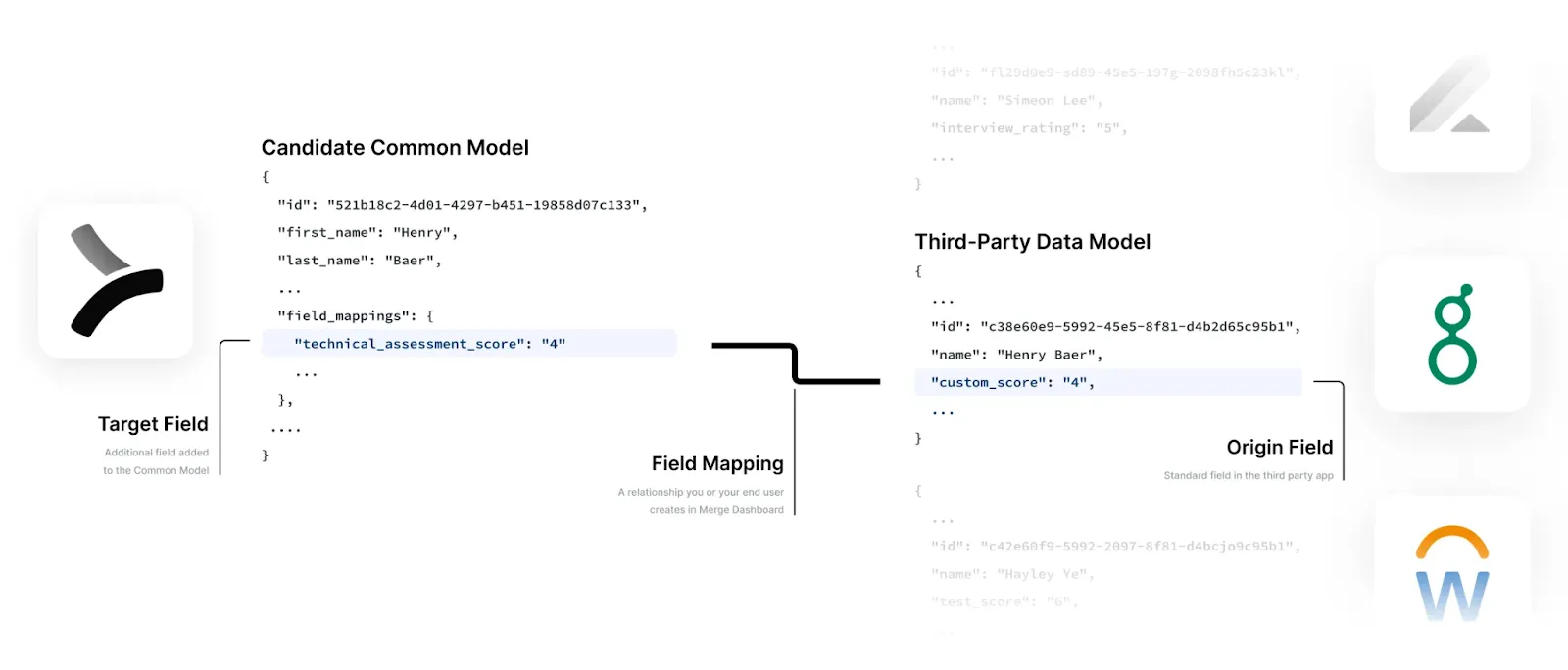Table of contents
8 integration challenges you’ll face in 2025

As you build and maintain API integrations, you’ll likely come across several obstacles.
There are the more well-known challenges associated with building integrations, but there are also a variety of potential maintenance issues you might not anticipate and that burden your team even further.

To help you anticipate and prepare for the various hurdles you’ll face throughout an integration’s lifecycle, we’ll break down some of the most common integration challenges.
Acquiring a sandbox environment
A sandbox environment offers you the chance to test an API integration’s performance in a variety of ways.
You can, for example, test your authentication and authorization protocols to ensure that the integration is secure; and you can test specific endpoints to see how the responses come back and how the data changes in the relevant application.

Unfortunately, the process of acquiring a sandbox environment can prove difficult.
It may require applying and getting accepted to an API provider’s partner program. And since the process of getting accepted into any can depend on a multitude of factors, from your brand reputation to your financial performance, you may be ineligible.
And even if you were to get accepted, you’d be forced to pay a significant sum of money (tens of thousands of dollars) per year.
Related: The top challenges associated with API integrations
Understanding API documentation
As you review an API provider’s documentation, you may find it unhelpful.
The information can be out of date; the copy can be poorly written; key details can be missing; and specific sections can be hard to find.
This may force you to post questions or search for answers on community forums, ask your network, or simply move forward without understanding key facets of an API endpoint—which can introduce issues down the line.

Related: A guide to reading API documentation
Building monitoring and alerting capabilities
As your integrations break, your team needs to get notified quickly so that they can begin the work of diagnosing, troubleshooting, and resolving these issues.
Implementing the infrastructure and processes to enable this, however, can be extremely resource and time consuming for your engineers.
For example, if you want your engineers to get notified of specific integration issues within the platform they’re already working in (i.e., a business communications platform like Slack), your engineers would need to integrate your monitoring tool (e.g., Datadog) with your business communications platform and build the following flow: Once a particular issue gets flagged in the monitoring tool, a notification gets sent to a specific channel in the business comms platform, which includes all the pertinent details on the issue.

Managing downtime from API providers
In some cases, an API provider will experience issues that break your integrations, and there’s little you can do about it.
Being able to diagnose these types of issues and communicate what’s happened and what the next steps are with affected parties (e.g., customers in the case of product integrations) can mitigate the impact of an API outage.
This is, unfortunately, easier said than done; the process of diagnosing an API provider’s issue(s) can prove complex, and the affected party’s expectations on your response may be hard to meet.
Recurring partnership fees
Certain API providers require partnership agreements that can end up costing you tens of thousands of dollars per year.
Considering that you may need to support each integration for many years and that several of the integrations you want to build require expensive partnership agreements, you can end up facing hundreds of thousands dollars in expenses per year just to be able to build the integrations.
Building out a dedicated customer support team
In the context of customer-facing integrations, you’ll need to have support resources allocated towards maintaining your integrations.
This personnel should be trained up on using your integration monitoring tooling, understand how to troubleshoot and resolve certain kinds of issues, and be able to work with customers on resolving issues when the problem lies on the customer’s end.
Building, training, and growing this team over time can be expensive and prove challenging, as it can be difficult to find talent that’s both technically savvy and has sharp interpersonal skills.
Handling heavily-customized instances
Custom integrations, or integrations that sync non-standard data, are naturally more difficult to build and maintain.
They often require unique and complex data transformation logic, which can be time and resource intensive to set up and maintain; they can push you to look beyond API-based integrations when the necessary endpoints aren’t available; they can force you to work cross-functionally when determining how the custom field in one system should be mapped with a field in another—and so on.
All of these challenges can lead to long integration development cycles and significant maintenance costs in terms of both time and resources.
Crafting and maintaining end-user documentation
For customer-facing integrations, end-users (i.e., your users) will need clear instructions for authenticating to a given integration. This includes every step, from getting an API key or access token to inputting these credentials in your application.
Since the process of authenticating to each API provider differs and you’ll likely need to offer several product integrations over time, your team will be burdened with scoping the authentication process for various applications and sharing these disparate set of steps clearly and concisely.
In addition, certain integration issues (e.g., an expired API key) have to be resolved by your users.
To help your users troubleshoot and resolve these types of issues, you’ll need to create documentation across the integrations you provide that breaks down all of the steps for addressing each of these issues.
Related: Common software integration challenges
Overcome all of these integration challenges with Merge
Merge, the leading unified API solution, lets you add hundreds of integrations to your product through a single integration build.
Using Merge, you’ll also be able to:
- Access sandbox accounts for many, if not all, of the applications you’re looking to integrate with
- Sync custom fields through advanced features (e.g., Field Mapping)

- Leverage integration observability tooling to pinpoint and diagnose issues on time, uncover their associated resolutions, and share these resolutions with affected customers
- Avoid reading through and keeping up with API providers’ documentation to build and maintain integrations; you’ll only need to build to Merge’s Unified API once to offer all the integrations you need, and our team of partner engineers will handle integration maintenance on your behalf
Learn more about how Merge can help you avoid all the challenges laid out in this article by scheduling a demo with one of our integration experts.









.jpg)
